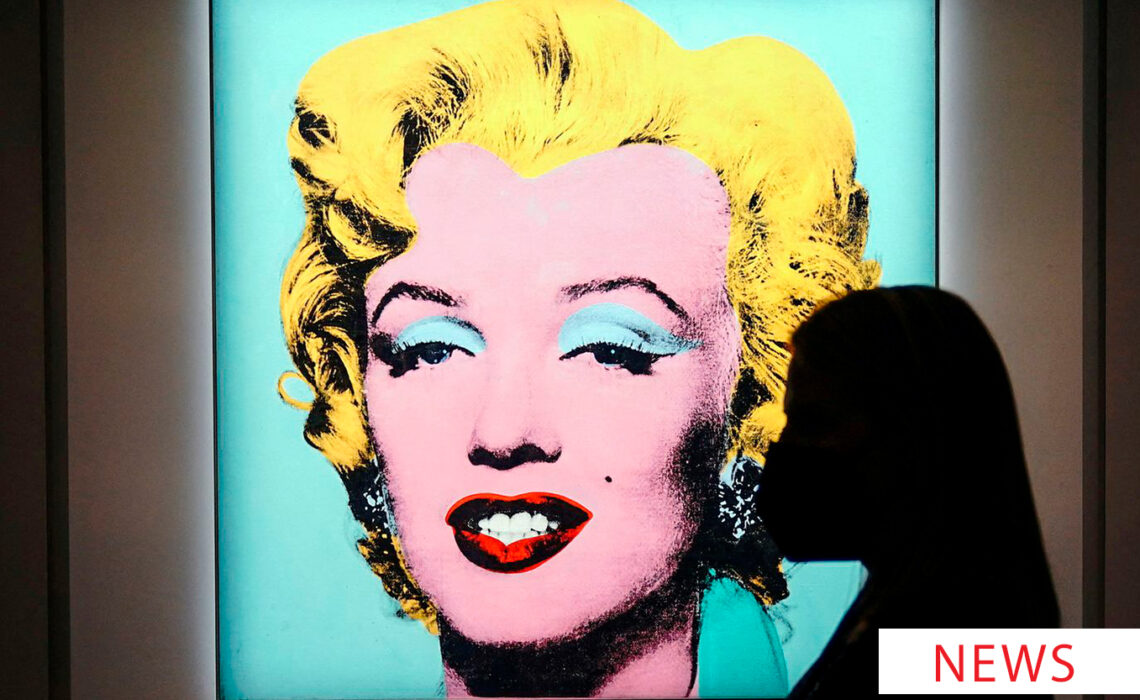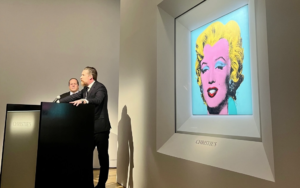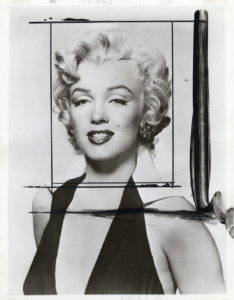
Andy Warhol’s Shot Sae Blue Marily: The Most Expensive 20th Century Artwork
The iconic Shot Sage Blue Marilyn by Andy Warhol was sold yesterday, May 9, for $195 million, establishing it as the most expensive 20th century artwork to sell at auction, and the second highest price for an artwork sold in auction.
The sale was 98% sold by value, demonstrating strong demand from collectors and confidence in the market. The sale attracted participation from bidders in 29 countries, with 68% of lots selling above the high estimate. Additional highlights from the sale include record prices for six artists. Francesco Clemente’s The Fourteen Stations, No. XI, sold for three times the previous record at $1,860,000, with bids coming from at least nine bidders. Ann Craven’s I Wasn’t Sorry, 2003 achieved eight times the previous record, fetching $478,800, with competition from 15 bidders. The other records were: Mike Bidlo (three times the previous record), Mary Heilmann, Martin Disler, and Ross Bleckner. After Warhol’s Marilyn, the top lots were Cy Twombly’s Untitled, which achieved $21 million; Robert Ryman’s Untitled, which sold for $20.1 million; and Cy Twombly’s Venere Sopra Gaeta, at $16.9 million.
Alex Rotter, Christie’s Chairman of 20th and 21st Century Art, commented: “Tonight was a historic night for Christie’s and for the entire contemporary art market. The record-breaking sale of Warhol’s iconic portrait of Marilyn from the Collection of Thomas and Doris Ammann is a testament to the strength, the vibrancy, and the overall excitement of the art market today. This sale demonstrates the pervasive power of Andy Warhol as well as the lasting legacy that he continues leave behind in the art world, popular culture, and society.”
About Shot Sage Blue Marily
When Sam Hunter included Shot Sage Blue Marilyn on the cover of his seminal textbook, Modern Art: Painting, Sculpture, Architecture, Warhol’s portrait of Marilyn Monroe became one of modern art’s most familiar icons. As an emblem of the American Pop Art movement, Marilyn represented the optimism and individuality and of the post-war Renaissance, fame, and celebrity. And yet, 60 years after Monroe’s untimely death, Warhol’s image has become so much more than the symbol of a single artistic movement. Marilyn is a Masterpiece, not bound to time or place.
The news of Monroe’s death on 5 August 1962 struck a personal chord for Warhol, who began immortalising her in his work shortly thereafter, utilising a cropped publicity still from the movie Niagara. As Warhol continued to perfect his subject matter, Monroe the star became Marilyn, the Masterpiece.
‘Warhol’s picture of Marilyn — surely now more famous than the photograph on which it is based — bears witness to her undiminished visual power in the new millennium,’ explains Georg Frei, Thomas Ammann Fine Art AG partner and editor of the Warhol catalogue raisonné. Indeed, as Monroe, the actress, fades from public consciousness, Warhol’s image of her remains instantly recognizable within the canon of art.




